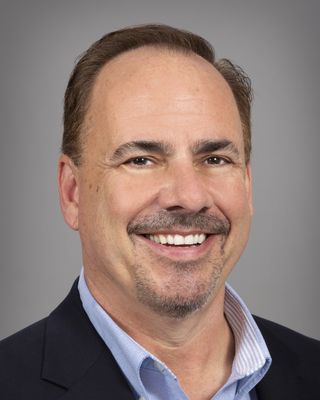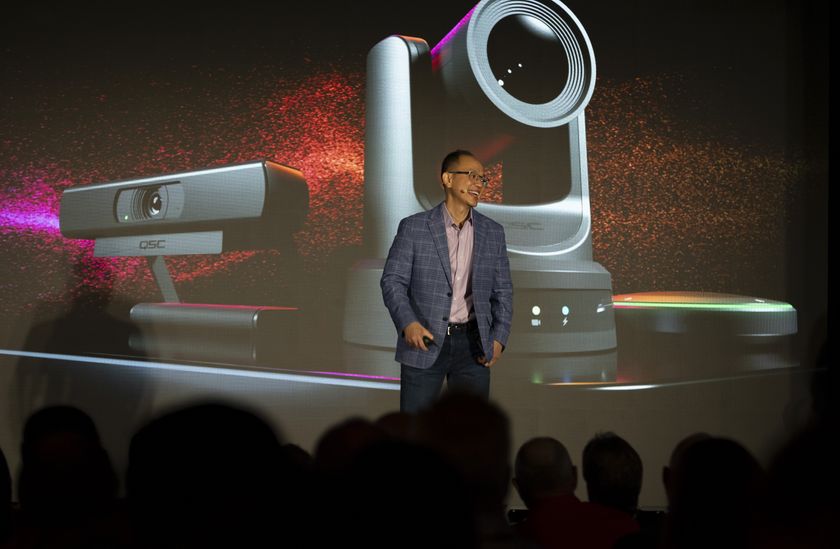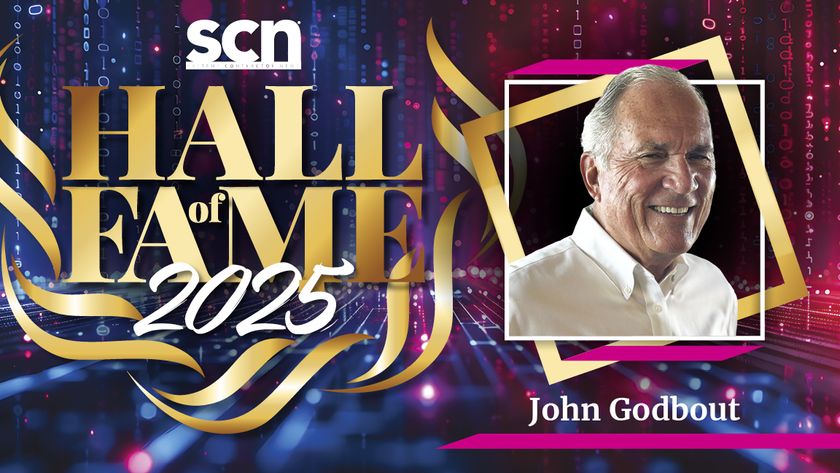
Name: Glenn Booth
Position: Director of Marketing for Professional Audio
Company: Yamaha
SCN: You recently joined Yamaha as director of marketing for professional audio. What are your goals and priorities for the group?
GLENN BOOTH: It’s an exciting time to be in the professional audio and installed sound markets, with production and system technologies advancing rapidly and enabling new forms of creativity. Having a global background in hardware and software engineering, sales, product, and marketing management helps me understand and anticipate our customers’ changing needs and adapt to the complexities of channel dynamics.
My top priorities are working more closely with customers and developing efficient channel management strategies with dealers, integrators, installers, and consultants.
With our customers, education is key. Customers need to consider many issues when purchasing new technology, including their current production needs, as well as future growth and scalability. They have to think about equipment purchases within a “systems” context of integrated, system-level solutions comprising products that work together seamlessly.
In the months ahead, we plan to accelerate our online and in-person training, rolling out a range of initiatives targeted to key market segments such as houses of worship, commercial installed sound, live sound, and music production. We’ll complement these efforts with trade show seminars, educational workshops, webinars, and joint demonstrations with our dealers.
A cornerstone of these efforts is our Audioversity professional audio training and education program, a series of instructor-led and self-paced courses held at locations across the United States. These sessions give customers the information they need to get the most out of our professional audio and installed sound products, including mixing consoles, Dante technology, and NEXO loudspeakers.
[How to Crack the Customer Loyalty Code]
At the same time, this program lets us stay in front of customers and the channel so we can get to the heart of their issues. Questions we typically ask are, “What are your long-term AV goals?” or “What’s worked for you in the past and why?” Other times it’s more important to ask, “What hasn’t worked for you and why?” We want to find out how they are currently using their resources and how they learn about new advances.
In the house of worship space, ministries are expanding the production values of their services, recording and broadcasting events to the web or over the air, and dealing with the “smart” church by connecting satellite campuses through networking and automation.
Many of these ministries—large or small—also rely on volunteer staff to operate and maintain their equipment. A church P.A. system needs to be intuitive, training and support need to be easily accessible, and post-sale service and support are critical.
Organizations investing in new technology want the peace of mind that comes from knowing their new mixing console, amplifier, immersive sound system, or loudspeaker is as future-proof as possible and will grow with them.
With our channel partners, we’re focusing on system design, integration, and total workflows, making them think about the difference between simply installing new technology and integrating audio effectively into a system. It’s important to support systems integrators, resellers, dealers, and consultants by giving them the tools and information to help customers make the most informed decisions.
SCN: What are the main challenges facing pro audio customers? How is Yamaha addressing these challenges?
GB: There’s so much focus throughout the commercial AV industry on some form of connected workflow. Integrators are dealing with complex installed sound system requirements, tight deadlines, and even tighter budgets. Audio engineers are dealing with more advanced DSP technology, studio productions, and more elaborate live productions.
At the recent InfoComm show, we introduced several technologies to address these challenges: network power amps with powerful input matrixes and enhanced onboard DSPs, control and monitoring software upgrades, and loudspeakers designed to make sound system installation easier and more efficient.
SCN: How is Yamaha offering customers more complete audio workflows? How does Yamaha’s solutions approach differ from competitive offerings?
GB: Yamaha offers many great products, but it’s about much more than just providing customers with a standalone loudspeaker, amplifier, Steinberg software, mixing console, or network switch. It’s about how all these different pieces are interoperable, working together seamlessly to form a comprehensive audio workflow that matches the right technology to the right application.
By making every piece of the audio chain talk to the others—from mixing consoles to amplifiers to NEXO loudspeakers to fixed install racks—the system integration and installation process is easier and more efficient from design to completion.
Customers’ needs have changed, and we’re changing with them. We provide the “glue” that ties the boxes together.
It’s also about how we approach the market, thinking about the long game and not just a product sale in the short term. We’ve revamped our product development approach, extending a device’s life to protect our customers’ long-term technology investments.
If you think about a mixing console, it’s really a computer with knobs attached to it. Everything is digital, with easily programmable signal processing and ample horsepower. We decide what to put inside to make it functional right out of the box—or two, three, or more years down the road through firmware upgrades. We’ll consistently offer these powerful firmware updates, often at no charge to the customer.
Does it cost us some sales in the short term because we’re not always pushing customers to buy new boxes? Yes, but the long-term gains of customer loyalty and a richer ecosystem of devices in the field far outweigh any downsides. We’re extending functionality while increasing value over time.
SCN: Yamaha has expanded its relationship with Dante, integrating the networking technology across more of its pro audio and commercial product lines. Is this part of a larger trend toward networking? What are the benefits to customers from this broadening Yamaha-Dante relationship?
GB: We’re certainly seeing a larger trend toward networking in installed sound and live sound applications, with audio engineers and integrators managing more complex systems made of multiple connected devices. Audinate’s Dante is the glue for all this digital connectivity.
We’ve integrated some form of Dante audio networking connectivity across all of our key product categories—from our new PC series of network power amplifiers to our TF, CL, QL, and Rivage mixing consoles to our powered loudspeakers and network switches. As more pro AV system projects move to an IT infrastructure, distributing audio and video over an IP network is a flexible and cost-effective option. To address this, we are adopting Dante’s AV Product Design suite for our products targeted to AV over IP applications.
[Audinate Releases New Version of Dante Controller With Dante Updater Feature]
While this is certainly an increased focus for us, it’s not new for Yamaha. We were one of the earliest supporters of Dante. Our technology integration with Dante goes deeper than just another piece of software or option board installed in our products. Its functionality is embedded in our semiconductors, and the capabilities are a consideration in the early stages of new product development.
We’ve created a standardized ecosystem of Dante-based technologies from Yamaha and other companies, taking the worry out of working with, say, a Yamaha mixing console and another manufacturer’s powered speakers. Integrators and customers simply know they will work together.
Yamaha is focusing on a powerful combination of customer relationships, channel management, education, technology, and product development, all with one common goal: helping the industry move forward.













